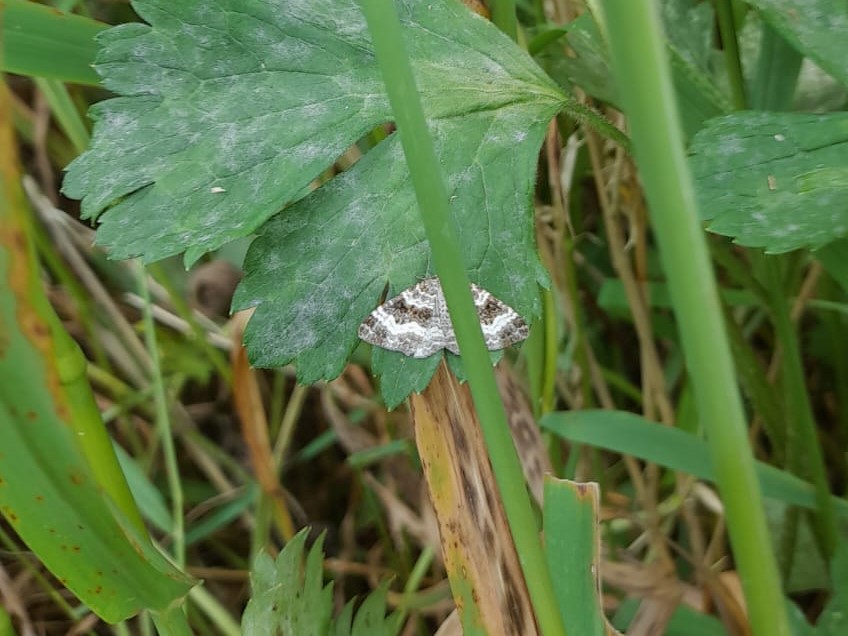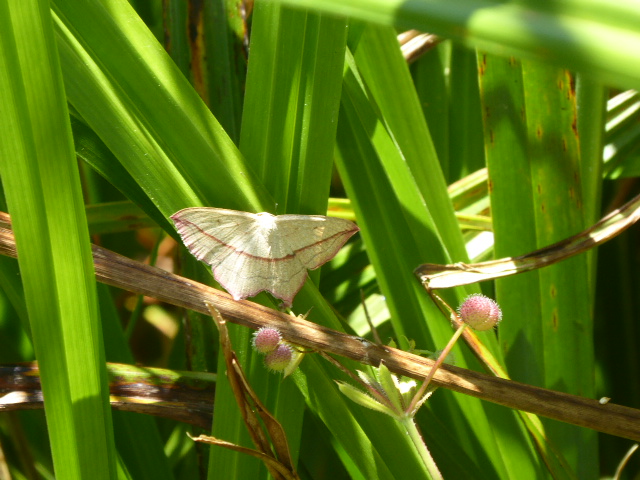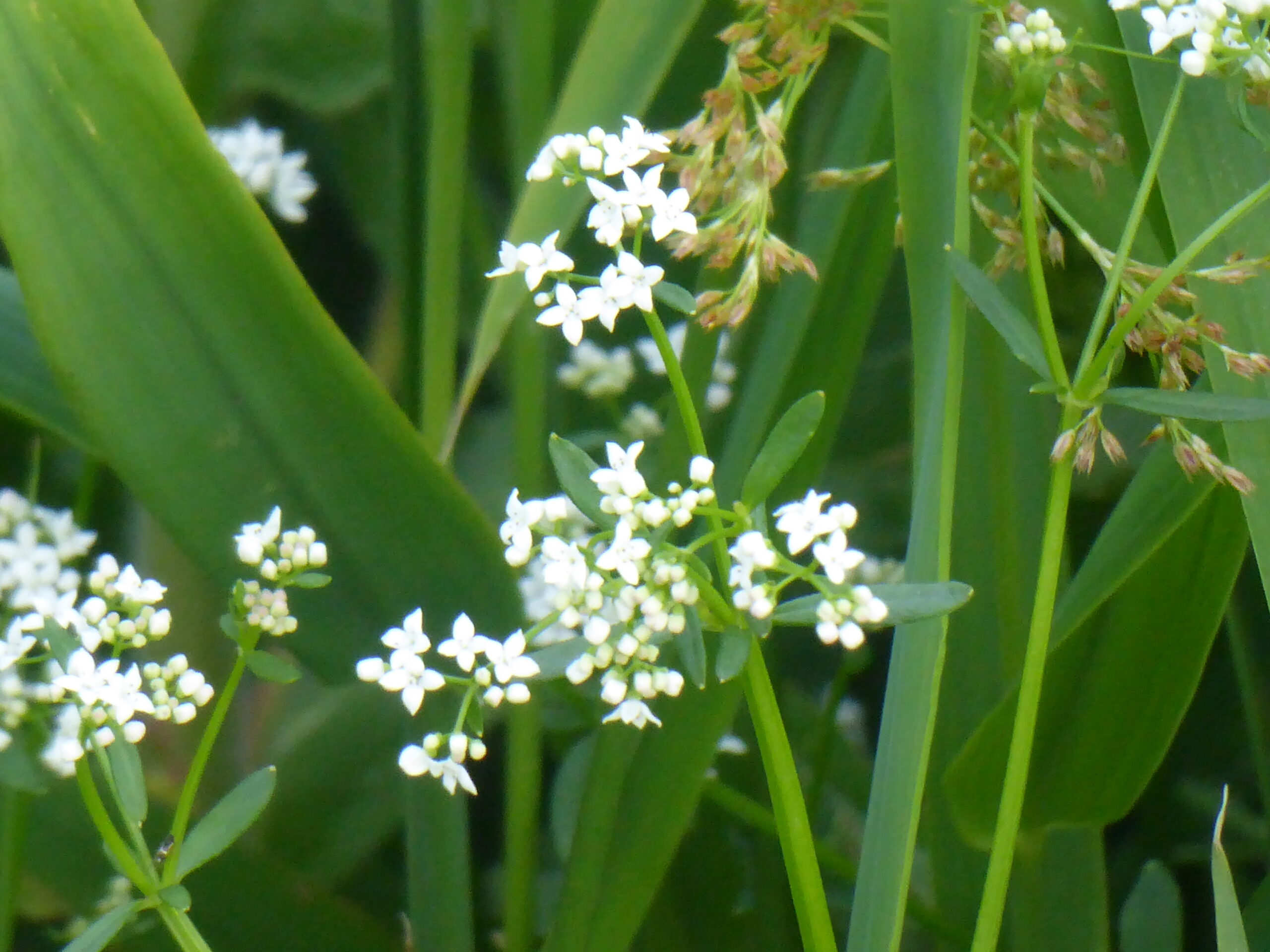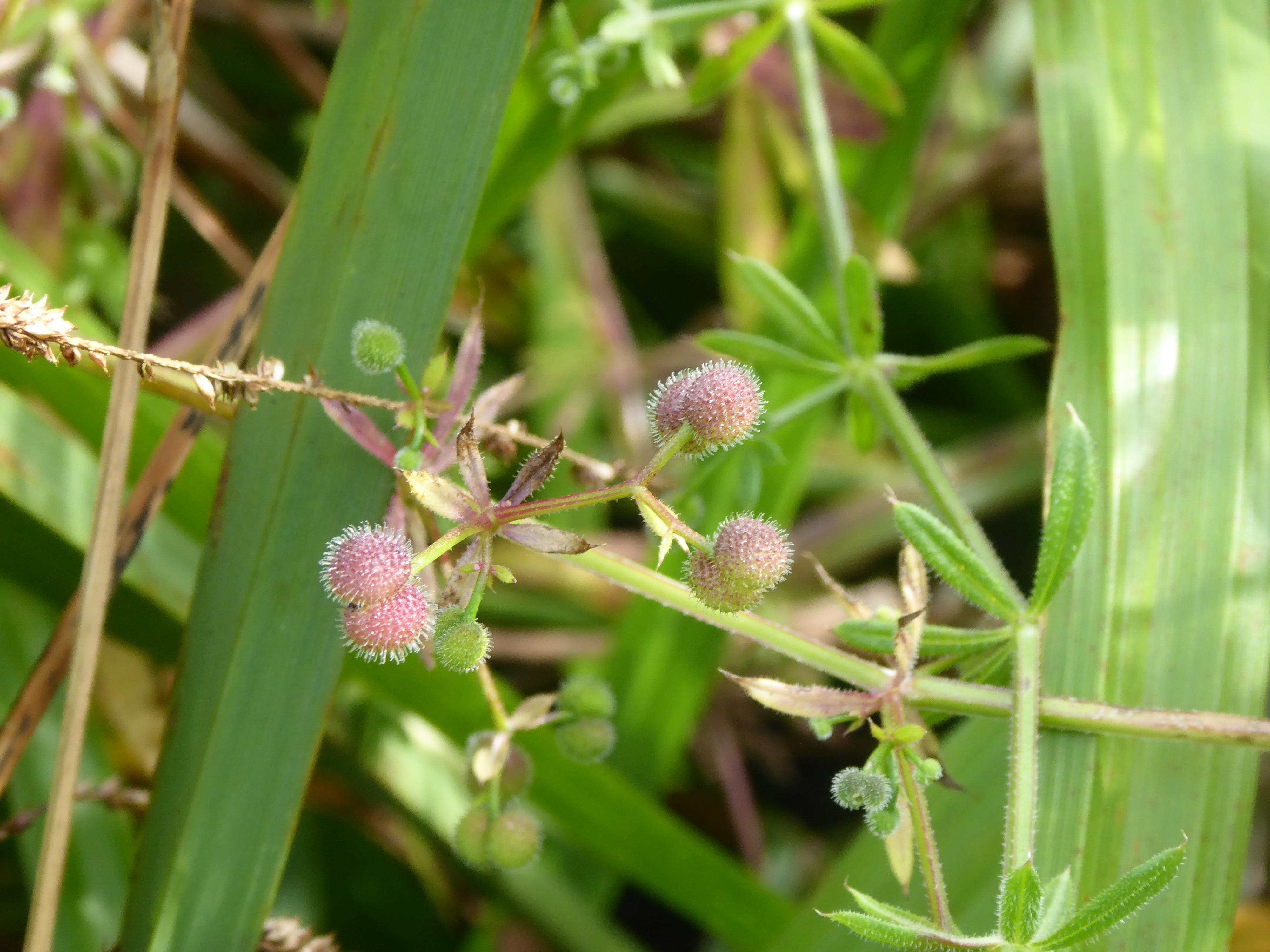When Mr C showed me this photo that he had taken, I was amazed at the striking monochrome patterns on this moth. I was a bit upset that I hadn’t seen it myself, but as this journal is essentially a tally of the species in the watermeadow, I decided that it wasn’t cheating. And it’s good that Mr C is getting excited about this project. And I still had to identify it. It turns out – surprise! surprise! – that there are at least three types of Carpet Moth with similar markings.
The Common Carpet, the Garden Carpet and the Wood Carpet are all moths with black and white markings. (Try searching for information about these and not getting bombarded with flooring websites!!)
See the broad black wavy line halfway up the wings? Well, the Garden Carpet just has a black patch on the far side of each wing. In effect, the line is broken in the middle.
That just leaves the Common Carpet and the Wood Carpet. Now, look at the thick white wavy line below the thick black one we’ve just been looking at. Notice that it is split with a faint black line, giving a marmite sandwich effect. Well, that means it’s a Common Carpet, because the Wood Carpet just has a thick white band, not split in two.
Although they are called Carpet moths, the Common Carpet feasts on cleavers and bedstraws, which as previously mentioned can be found in our watermeadow.



